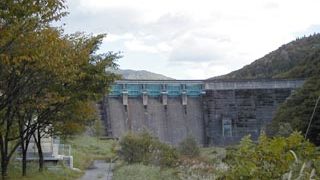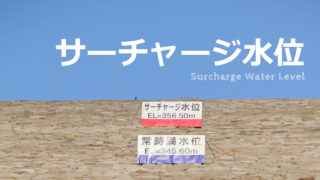 "sa" column or row of the kana syllabary
"sa" column or row of the kana syllabarysacrificer
Stay shikou is one of the construction methods mainly used on the slopes of rockfill dams and other dams to prevent erosion and weathering by wind and rain and water from dam lakes. ...
 "sa" column or row of the kana syllabary
"sa" column or row of the kana syllabary "sa" column or row of the kana syllabary
"sa" column or row of the kana syllabary "sa" column or row of the kana syllabary
"sa" column or row of the kana syllabary "sa" column or row of the kana syllabary
"sa" column or row of the kana syllabary